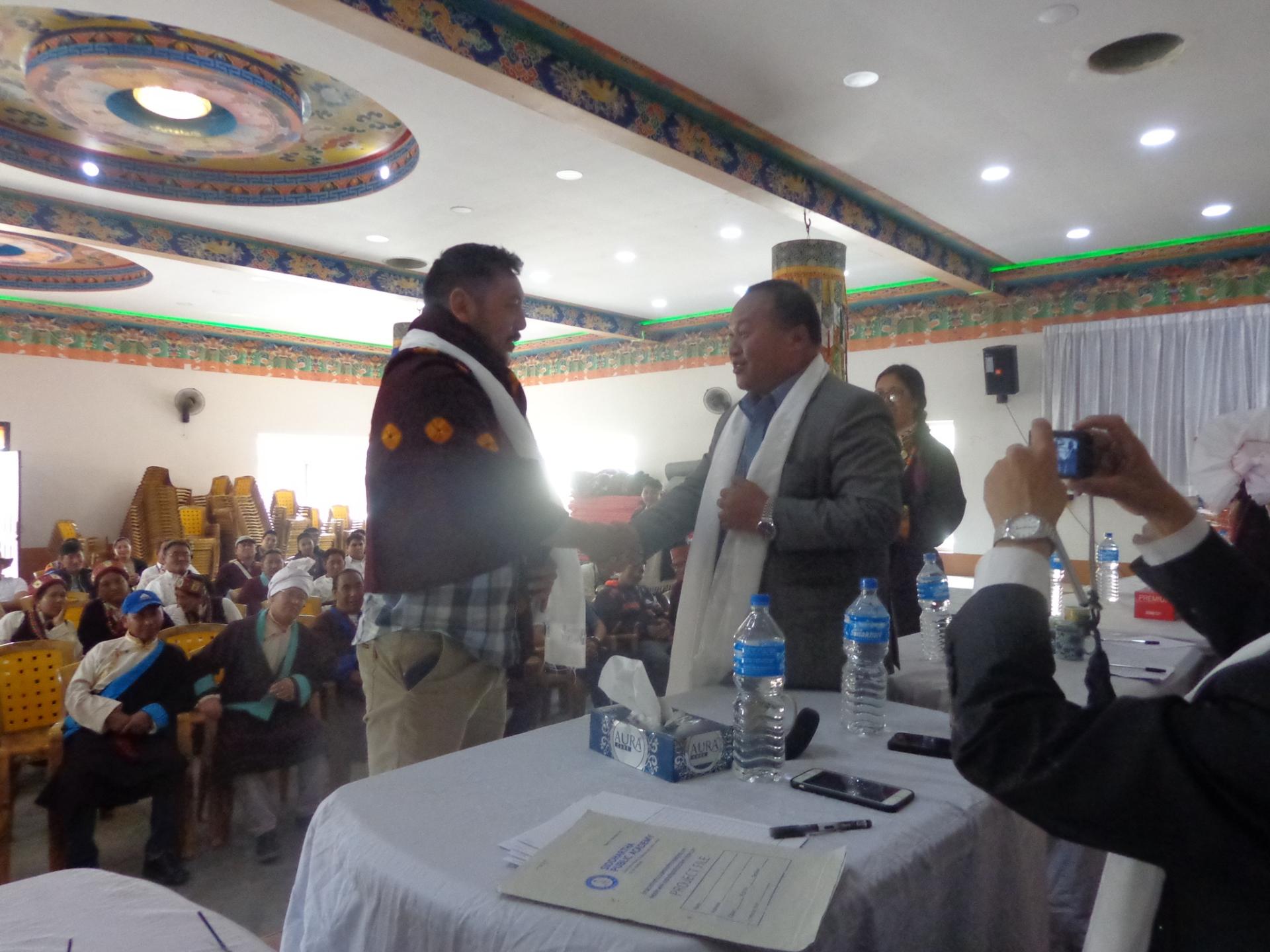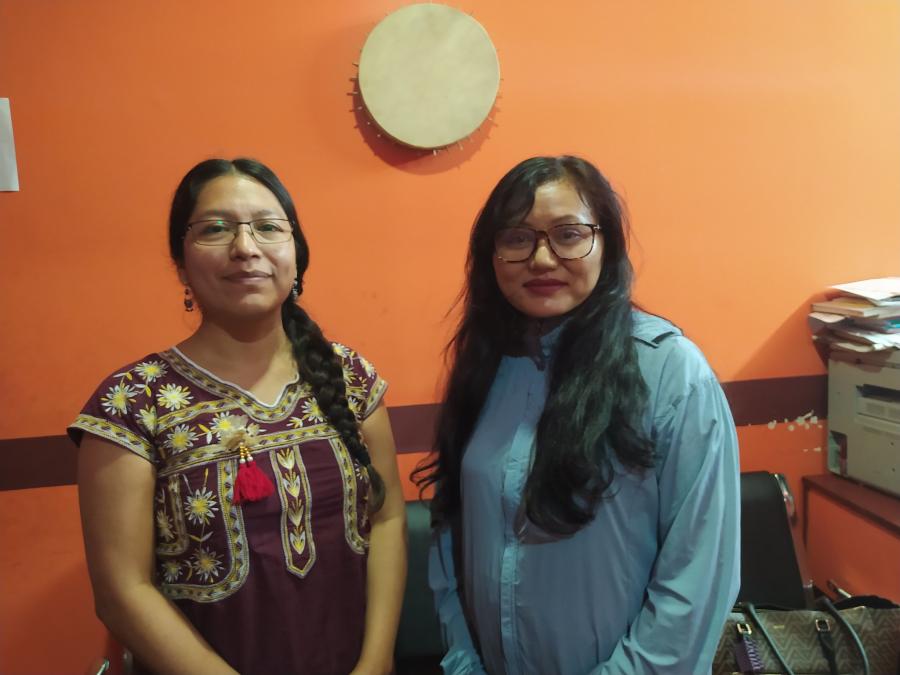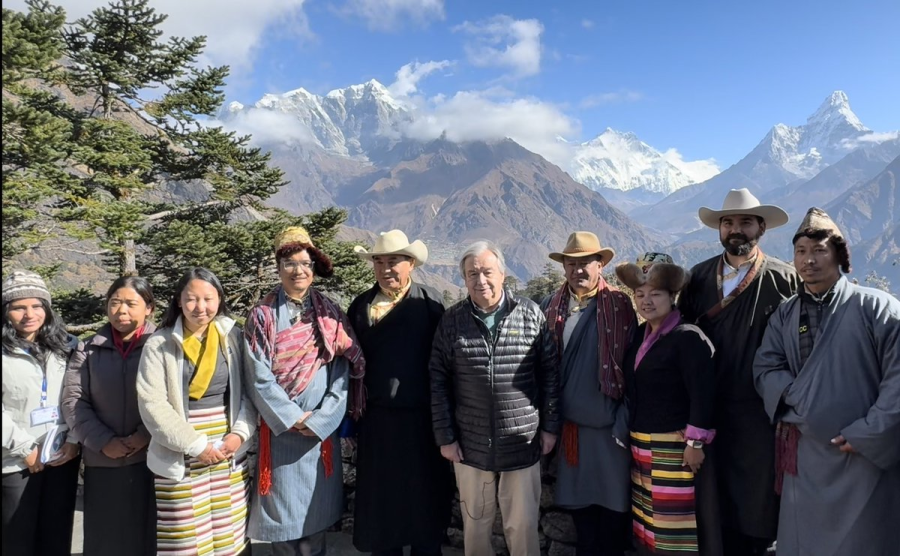
By Dev Kumar Sunuwar (Koĩts-Sunuwar, CS Staff)
In a landmark decision, Nepal has officially recognized Humlo Peoples as one of the country's Indigenous nationalities. Following a Council of Ministers meeting on July 11, 2024, Rekha Sharma, the government's spokesperson and Minister of Communication and Information Technology, made this significant announcement. This decision was based on a recommendation from the National Foundation for the Development of Indigenous Nationalities (NFDIN), a body operating under the Ministry of Local Development tasked with ensuring the welfare and development of Indigenous nationalities in Nepal.
The recognition process for the Humlo Peoples began on July 17, 2023, when the NFDIN's Board established a three-member high-level expert committee to learn about the Humlo Peoples. Led by Anthropologist Dr. Muktasingh Lama, Sociologist Dr. Bishnu Sinjali, and Linguist Dr. Taramani Rai, the committee conducted an extensive study of the historical, cultural, and social aspects of the Humlo Peoples to determine their eligibility for recognition.
Historically, Humlo people residing in the Himalayan district of Humla have been excluded from State-provided reservation services and social protections due to their lack of legal recognition. The expert committee's report highlighted this exclusion and recommended adding the Humlo to Nepal's Indigenous Nationalities List.

The NFDIN Act of 2002 initially listed 59 ethnic and caste groups as Indigenous nationalities (Adibasi Janajatis). However, over the past two decades, several groups have raised concerns about the non-recognition of their Indigenous identity. In response, the government established a "High-level Taskforce for Revisiting the Schedule of Adibasi Janajati" in 2009. Prof. Dr. Om Gurung served as its chairman. The task force identified 25 new Indigenous nationalities to be added, but the government has yet to make this report public or adopt the latest list.
Following repeated applications from the Namkhyung Humla Samaj, an organization of Humlo Indigenous Peoples, which claimed all five different ethnic groups to be one as Humlo, the NFDIN established another high-level expert committee to determine the Humlo identity. This committee conducted extensive consultations, including previous task force reports and national census data, leading to the recommendation for recognition.
The report from the high-level expert committee emphasized the deep-rooted presence of the Humlo people in the region, citing local archaeological records known as Karchhyag that reference them as Homloho. The committee's recommendation received approval from the NFDIN governing board, resulting in the government's decision to recognize the Humlo officially. This recognition was formalized with a public announcement in the government gazette.
Chakka Bahadur Lama, a former member of parliament from Humla, explained that the Humlo Indigenous Peoples consist of five distinct groups: the Changba from Dozami village, the Ninwa from Warathpaleka, the Tukchyu Lungwa from Sathi Khole, the Yulcho Dun from Sat Thapale, and the Limba from Limel. Despite their geographical and social differences, these groups share a common language and cultural practices, unifying them under the Humlo identity.
Dr. Lama, the expert committee coordinator, noted that the Humlo people had been invisible in national censuses until now. The working group's efforts highlighted their unique cultural identity, language, and traditions, meeting the NFDIN Act, 2002 criteria, which requires a distinct mother tongue, traditional customs, cultural identity, social structure, and documented written or unwritten history for recognition as an Indigenous nationality.
The Humlo has a population of about 6,000, most Buddhists. Their language, Humlo Ke, also known as Kham Ke or Bo Ke, distinguishes them from other ethnic groups in the region. The working group's study also documented various traditional rituals and customs unique to the Humlo, such as the worship of deities like Lafo, Dabla, and Yulchha. The study showed a vast difference between the Tibetan language and the Humlo Ke language spoken by the Humlo Indigenous Peoples, making it impossible for them to communicate in either language. The study also noted many distinct customs and traditions of the Humlo, which reflect their distinct Indigenous nationality, such as the tradition of animal husbandry called Bhod Lang, further divided into Khasya Lagmi and Mon Lang, and various rituals for worshipping deities.
Previously, the government listed the Rana Tharu as a different Indigenous community, a decision made without NFDIN's approval, leading to controversy. In contrast, recognizing the Humlo followed a thorough and documented process, ensuring their legal status and access to state-provided protections and services.
The study noted the historical and archaeological significance of the Humlo, referencing oral history and local records that indicate their deep-rooted presence in the region. With this new legal recognition, the Humlo people are expected to gain a distinct identity aligning with their cultural and social heritage.
The latest national population census lists 142 castes and ethnic groups speaking as many as 124 languages in Nepal, making up 34.96 percent of the country's total population of 30 million. The ancestral territory of the Humlo is the northern part of the Humla district, connected to Tibet. They refer to the territorial boundary between Karnali-Hilsa in the northwest, Limi Lapcha Bhanjyang in the northeast, Ranisaina Danda, Kharpunath in the south, and the Changla mountain range in the east. Their village now falls under Namkha and Simikot rural municipalities in Humla district. Previously, they were divided into five divisions and sought their distinct identities. Today, they are united and seek a common identity. They were not included in the 2021 national population census. During the census enumeration, some Humlo identified as Tamang, some as Lama, or Bhote, and thus, their identity was highly debated.
Dr. Bishnu Sinjali, a working group member, emphasized their common language, Humlo Ke, also known as Kham Ke or Bo Ke. The five Humlo communities—Limian, Hilchhodun, Nimba, Tuhuklyulung, and Dojang—can understand each other despite regional dialect variations. The study revealed significant differences between the Humlo language and Tibetan, hindering intercommunication.
Recognizing the Humlo ethnic group as one of Nepal's Indigenous nationalities marks a significant step toward acknowledging and protecting the Humlo Peoples’ unique identity, culture, and heritage.


